There’s more to the story about Susan and Jeff Figley’s King Blossom Farm but it has taken two blogs to tell it. There are still plenty of apples ripe for the picking which will continue for a few more weeks. Susan told me that the cold weather makes the Macintosh apples sweeter so she uses them to make much of her apple products.
Along with heirloom apple trees, they grow heirloom fruit including tomatoes with names like Aunt Ruby’s Green, Red Zebra, German Green, and Yellow Rainbow. Heirloom fruit may not be as uniformly pretty as their genetically modified relatives, but they are healthier and tastier.
Space is at a premium on their six acre farm so many of the vegetables are grown hanging from string in their greenhouse rather than on the ground which makes cool tomato and cucumber jungles. Another specialty is fresh and dried herbs.
Jeff does most of the growing, while Susan cans, preserves, and dries their produce making a huge variety of goodies including pickles, butters, simple syrups (like Sour Cherry and Pumpkin Spice), and a whole array of products that she sells in their little shop “The Heirloom Gourmet” on the property. She also sells her products online at Etsy filling orders from all over the country and beyond.
Susan actively seeks old recipes which she collects and creates. She told me it took her two years to talk someone into giving Susan her great grandmother’s zucchini relish recipe. She invited me into her remarkable kitchen where she had just made a batch of pear ginger applesauce which I got to sample. The only thing better than the aroma, was the flavor.
In the spirit of small farmers working together to produce quality New Hampshire provisions, King Blossom Farm has partnered with their neighbors including Greg Morneau of Daisy Hill Farm whom Susan refers to as her ‘gardener-in-crime.’ Greg taps his maple trees and Susan helps him boil the syrup, bottle it, add labels that Susan designed, and sell the finished products. Greg and Susan both keep hives on their properties and share the work of tending for the honey bees and collecting the honey which Susan sells in various shapes and sizes. Greg is also the pumpkin man who sells his overflow of pumpkins at Susan’s.
Bardo Farm in Croydon supplies meat that is sold at Susan’s shop and takes orders for fresh turkeys for Thanksgiving. The eggs they sell come from a number of neighbors who raise chickens and can’t possibly eat all their eggs. I have no doubt that farmers sharing their expertise and produce was the way of life for centuries with the “we’re all in this together” spirit that helped them survive.
Visiting King Blossom Farm is like a trip back in time. Jeff and Susan love to show people around and teach visitors about their natural form of agriculture. I brought my grandson there this summer to pick raspberries, and we stayed for an hour as Jeff walked us around his land and green house. My grandson asked a zillion questions that Jeff patiently answered.
A big thank you to Susan and Jeff for showing me their farm and letting me interview them. Here are the links to their websites:
https://kingblossomfarm.com/
http://www.theheirloomgourmet.com/
https://www.facebook.com/kingblossomfarm
https://www.facebook.com/theheirloomgourmet
https://www.instagram.com/theheirloomgourmet/
https://www.etsy.com/shop/TheHeirloomGourmet
Along with heirloom apple trees, they grow heirloom fruit including tomatoes with names like Aunt Ruby’s Green, Red Zebra, German Green, and Yellow Rainbow. Heirloom fruit may not be as uniformly pretty as their genetically modified relatives, but they are healthier and tastier.
Space is at a premium on their six acre farm so many of the vegetables are grown hanging from string in their greenhouse rather than on the ground which makes cool tomato and cucumber jungles. Another specialty is fresh and dried herbs.
Jeff does most of the growing, while Susan cans, preserves, and dries their produce making a huge variety of goodies including pickles, butters, simple syrups (like Sour Cherry and Pumpkin Spice), and a whole array of products that she sells in their little shop “The Heirloom Gourmet” on the property. She also sells her products online at Etsy filling orders from all over the country and beyond.
Susan actively seeks old recipes which she collects and creates. She told me it took her two years to talk someone into giving Susan her great grandmother’s zucchini relish recipe. She invited me into her remarkable kitchen where she had just made a batch of pear ginger applesauce which I got to sample. The only thing better than the aroma, was the flavor.
In the spirit of small farmers working together to produce quality New Hampshire provisions, King Blossom Farm has partnered with their neighbors including Greg Morneau of Daisy Hill Farm whom Susan refers to as her ‘gardener-in-crime.’ Greg taps his maple trees and Susan helps him boil the syrup, bottle it, add labels that Susan designed, and sell the finished products. Greg and Susan both keep hives on their properties and share the work of tending for the honey bees and collecting the honey which Susan sells in various shapes and sizes. Greg is also the pumpkin man who sells his overflow of pumpkins at Susan’s.
Bardo Farm in Croydon supplies meat that is sold at Susan’s shop and takes orders for fresh turkeys for Thanksgiving. The eggs they sell come from a number of neighbors who raise chickens and can’t possibly eat all their eggs. I have no doubt that farmers sharing their expertise and produce was the way of life for centuries with the “we’re all in this together” spirit that helped them survive.
Visiting King Blossom Farm is like a trip back in time. Jeff and Susan love to show people around and teach visitors about their natural form of agriculture. I brought my grandson there this summer to pick raspberries, and we stayed for an hour as Jeff walked us around his land and green house. My grandson asked a zillion questions that Jeff patiently answered.
A big thank you to Susan and Jeff for showing me their farm and letting me interview them. Here are the links to their websites:
https://kingblossomfarm.com/
http://www.theheirloomgourmet.com/
https://www.facebook.com/kingblossomfarm
https://www.facebook.com/theheirloomgourmet
https://www.instagram.com/theheirloomgourmet/
https://www.etsy.com/shop/TheHeirloomGourmet

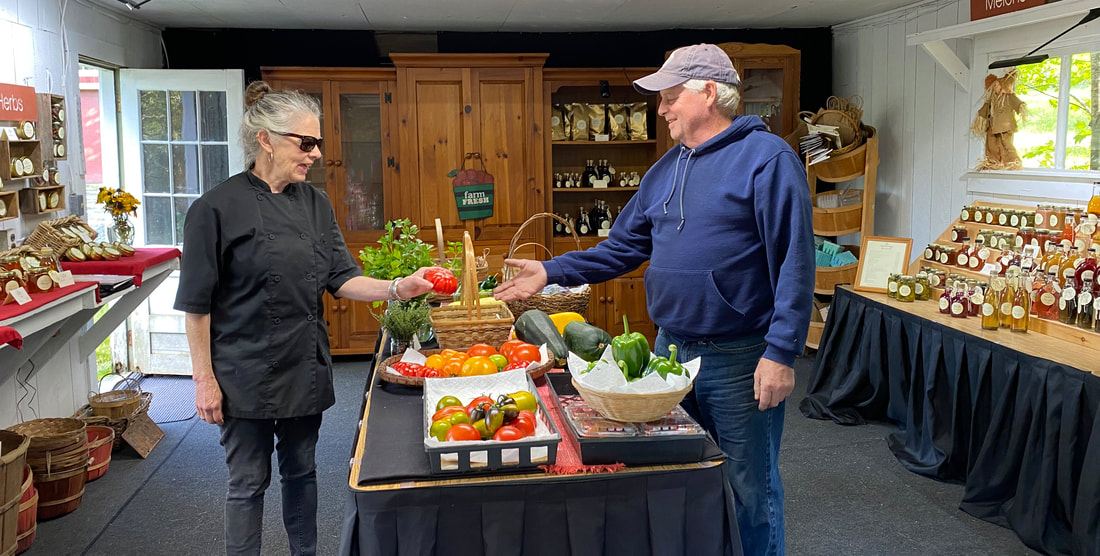
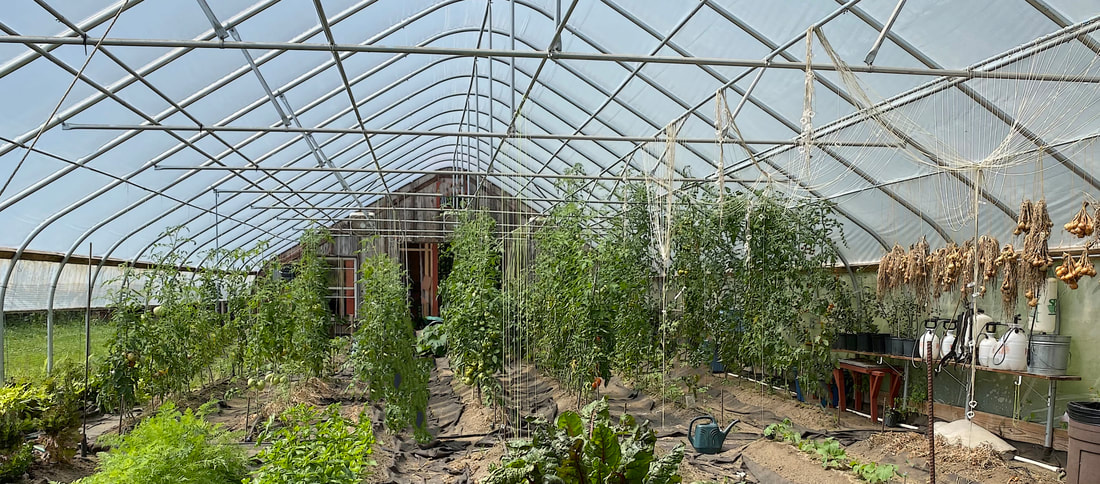
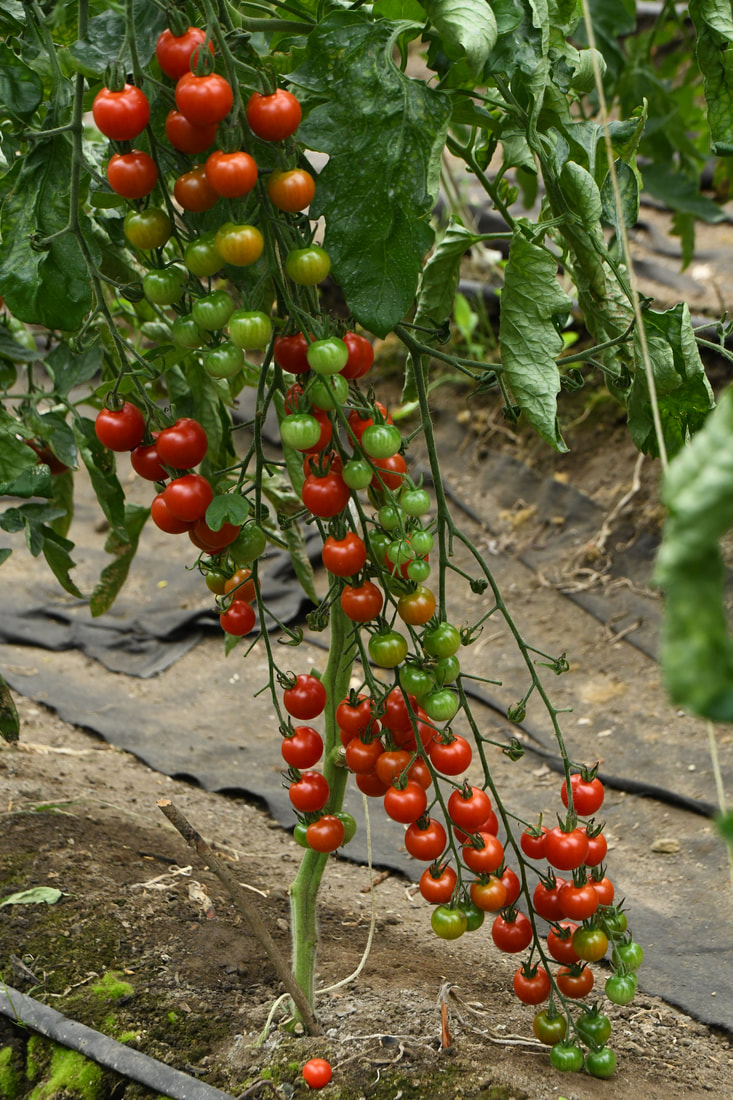
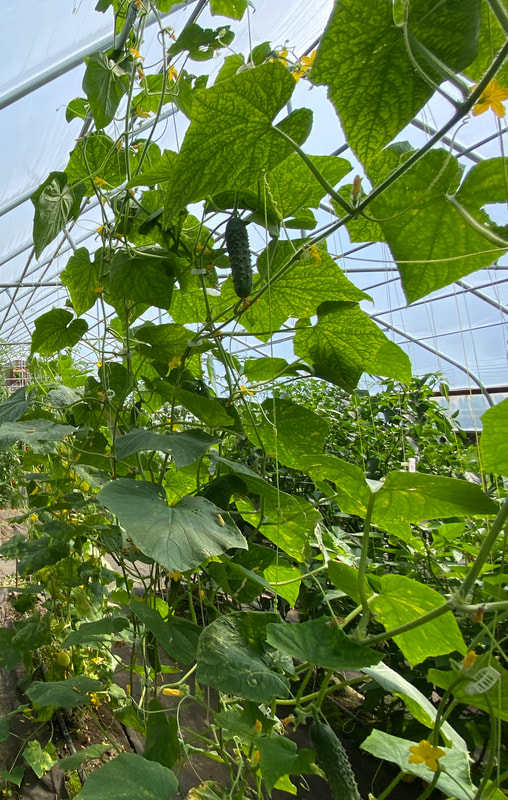
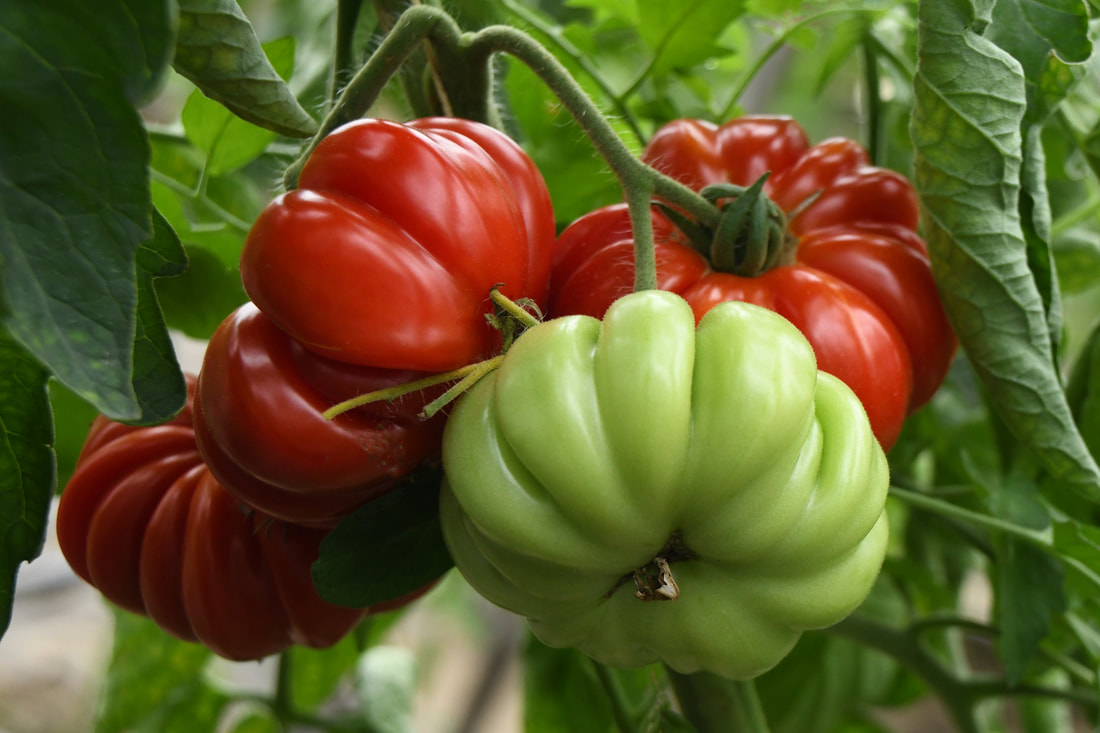
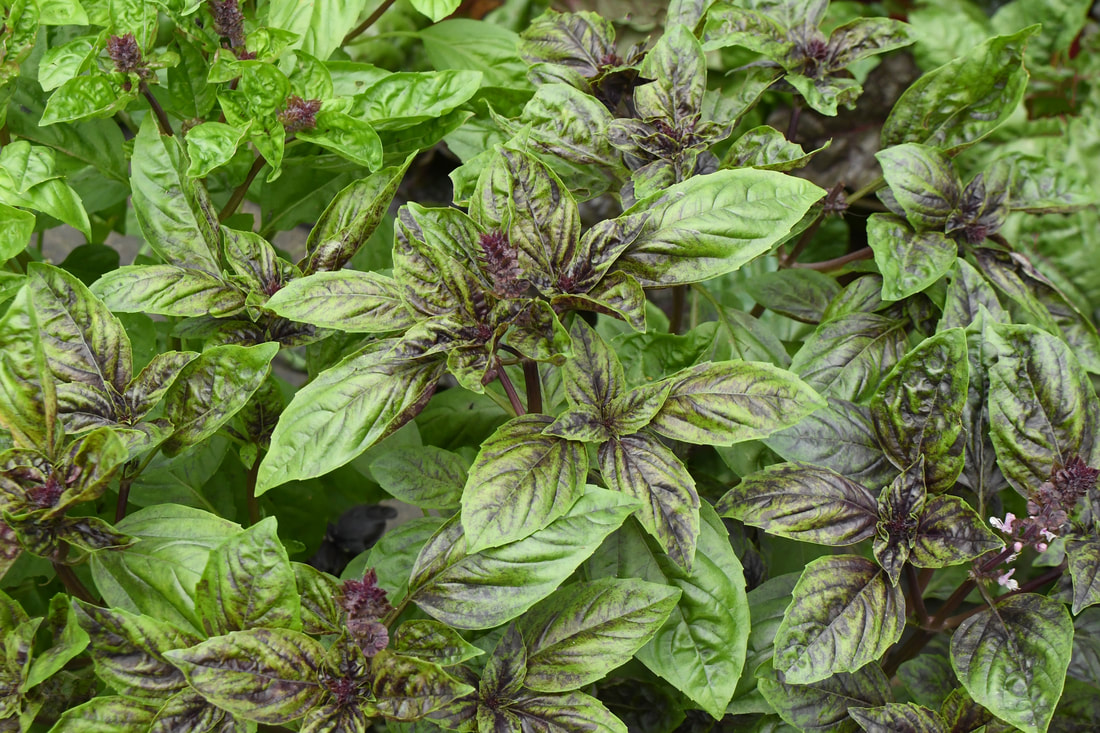

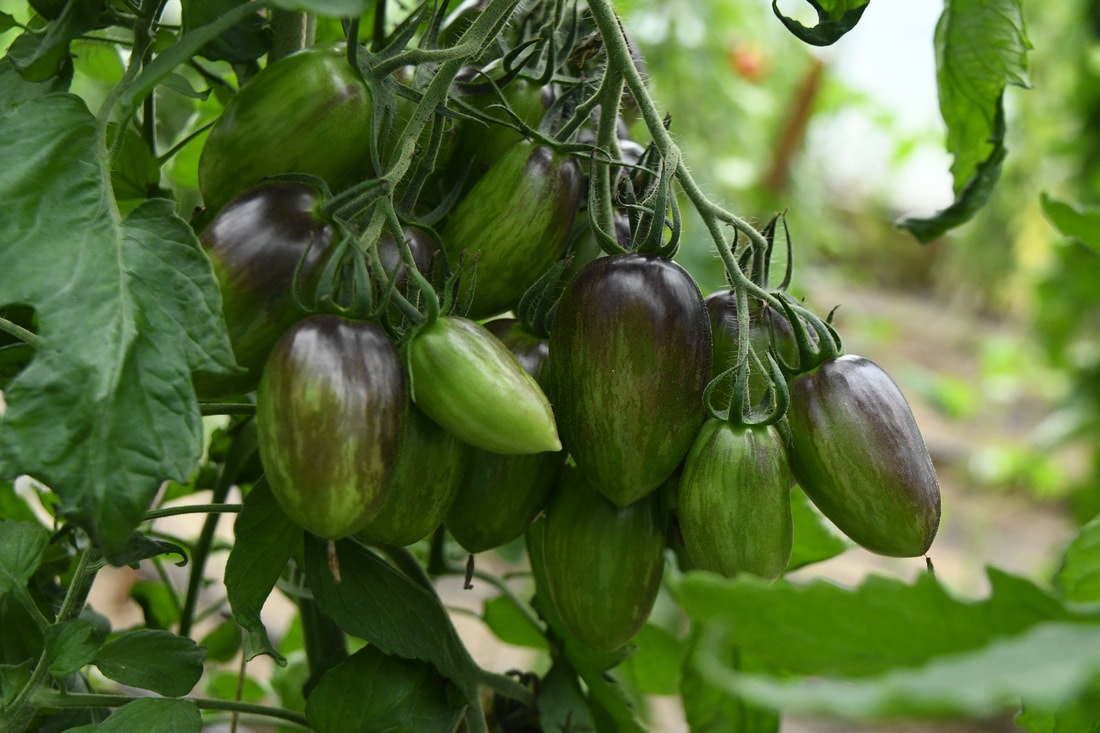
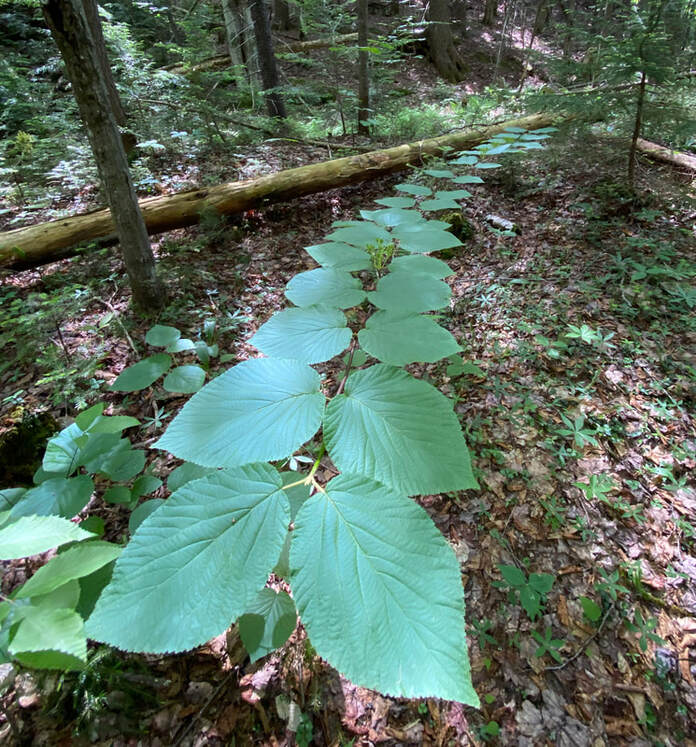
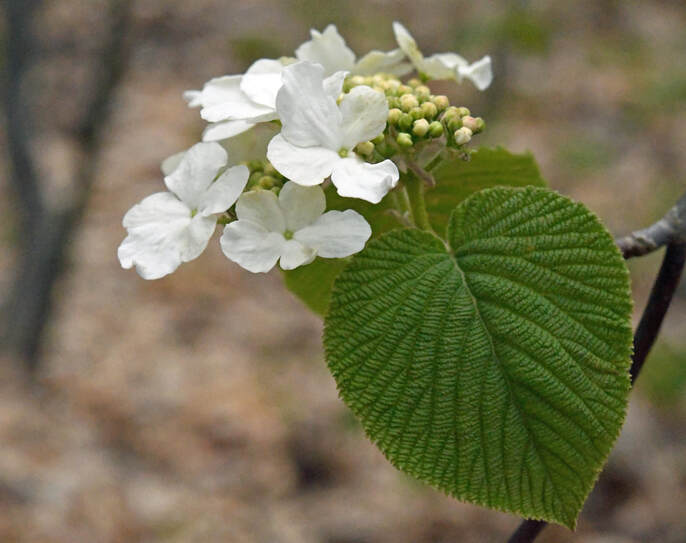

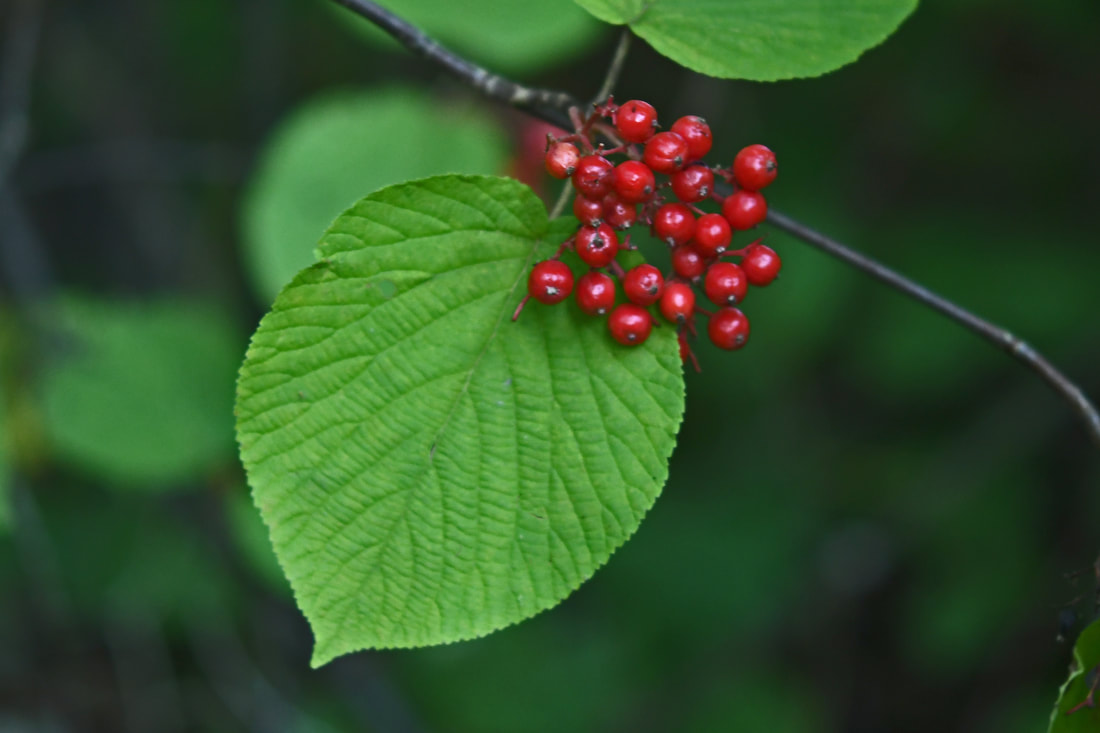
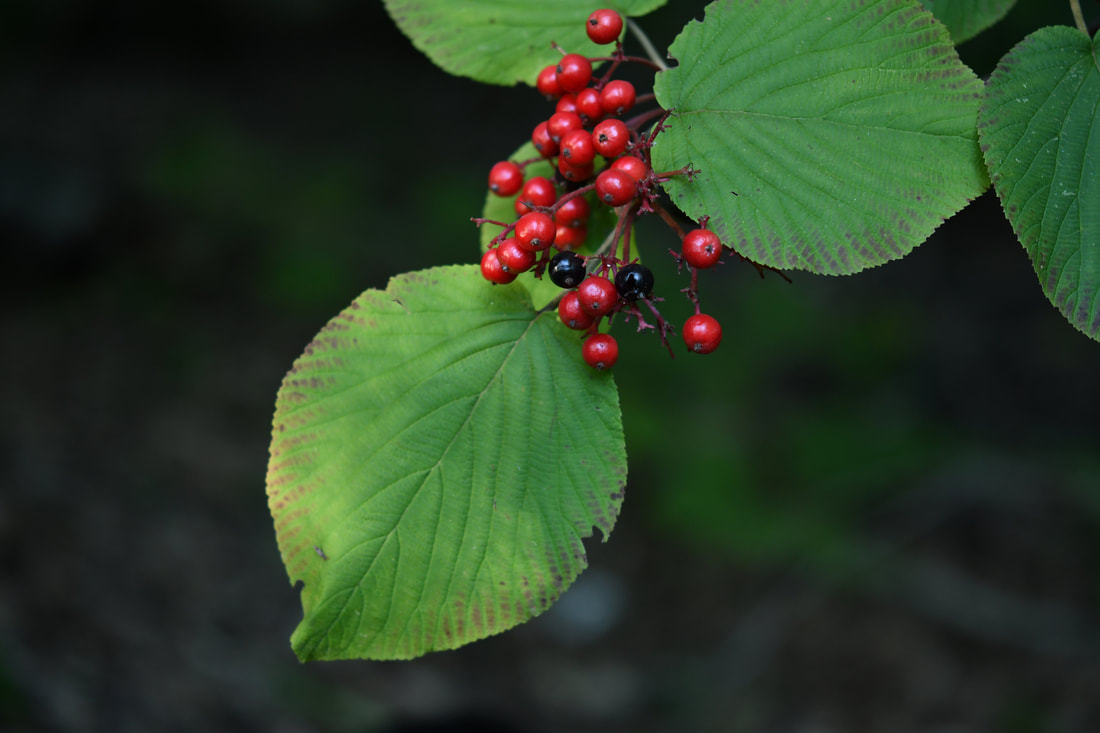
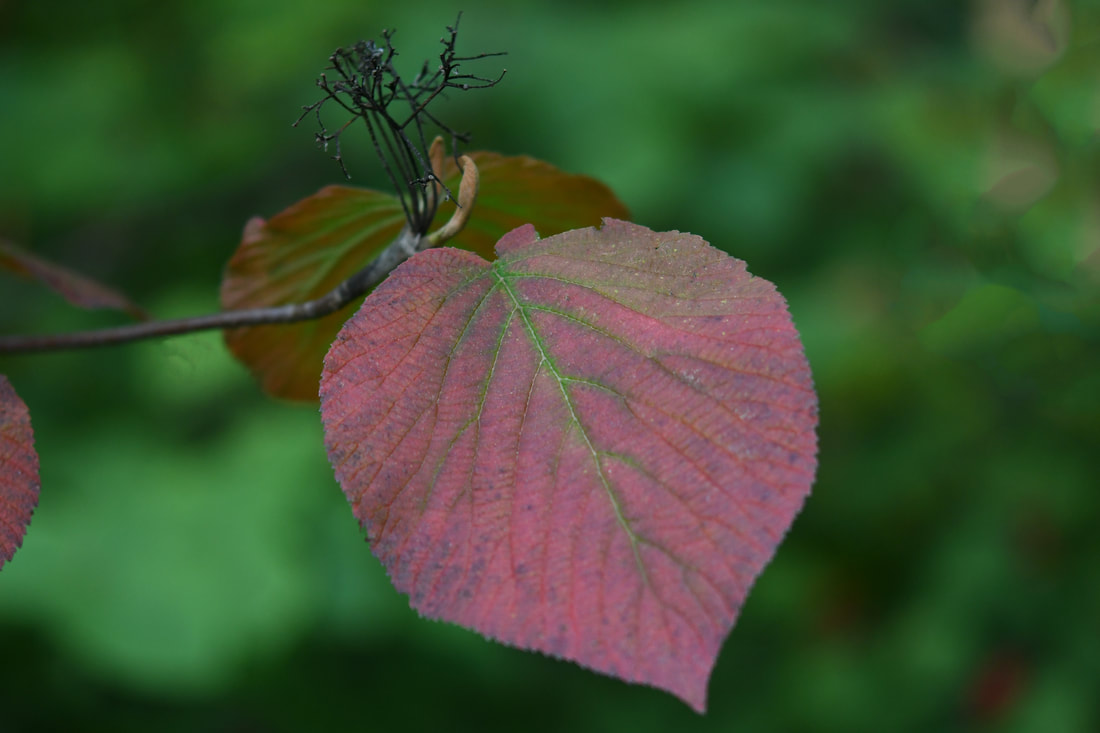
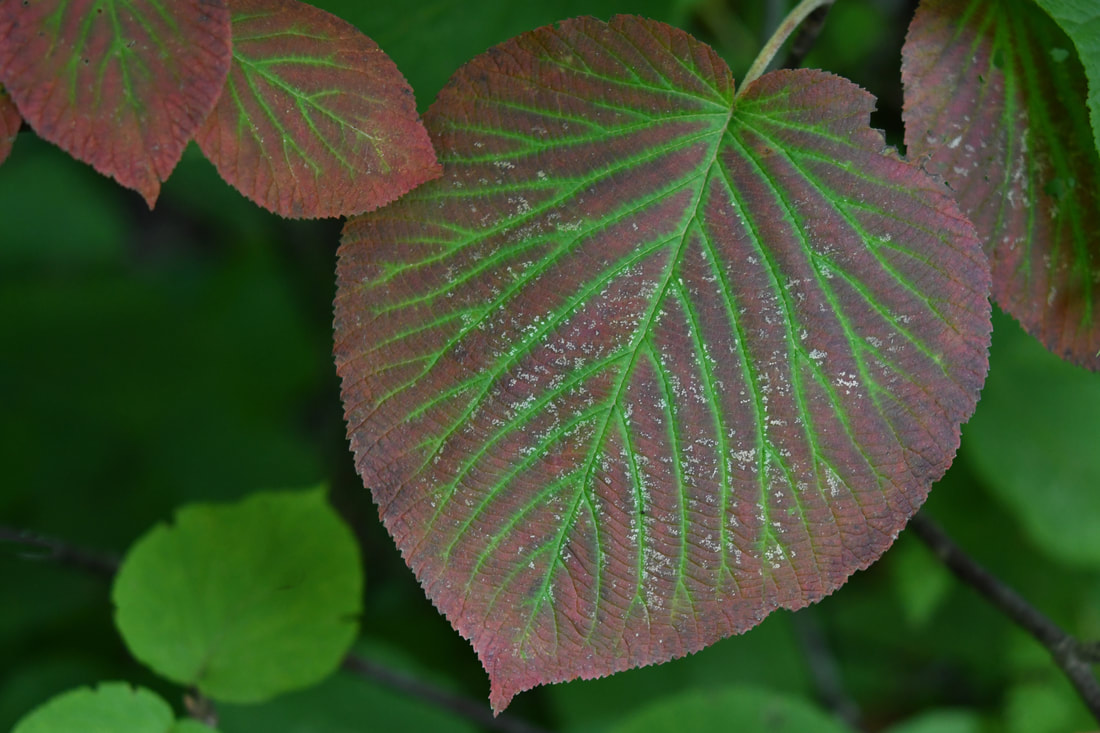
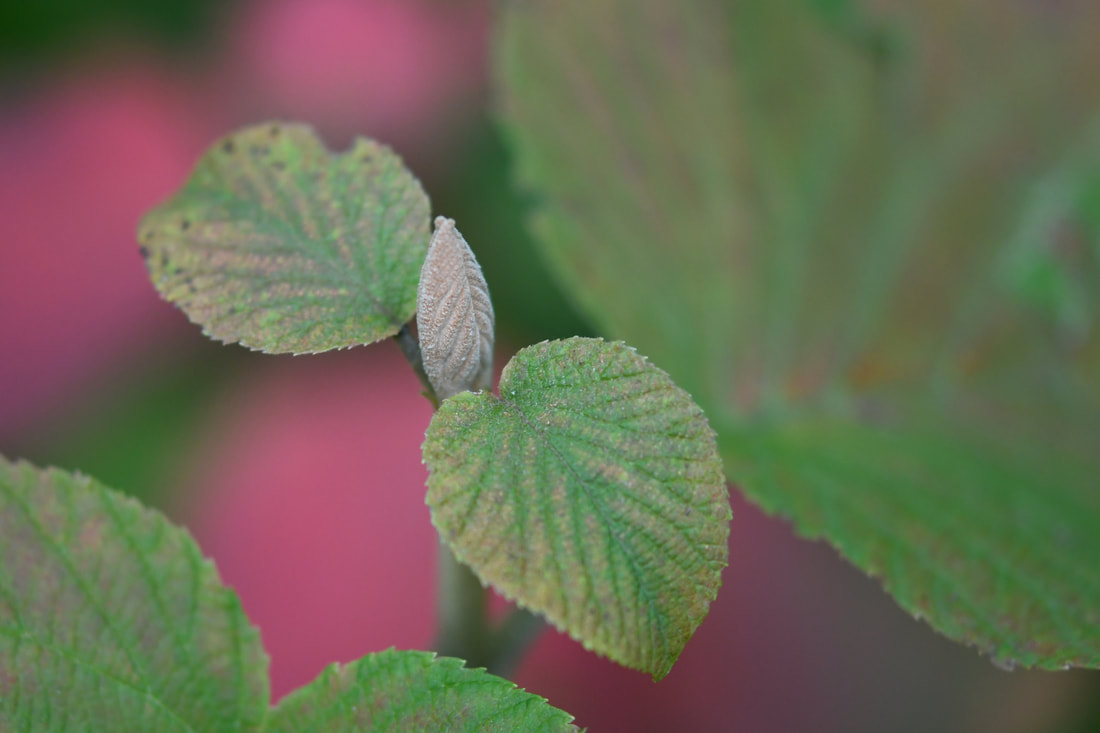
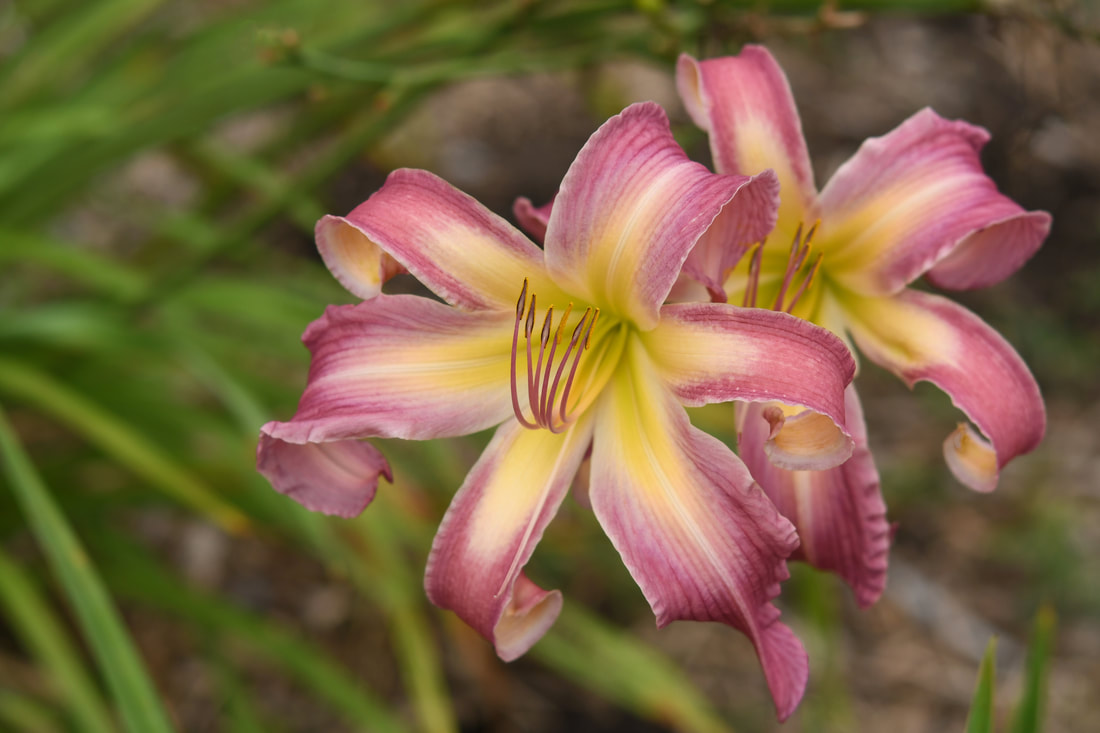
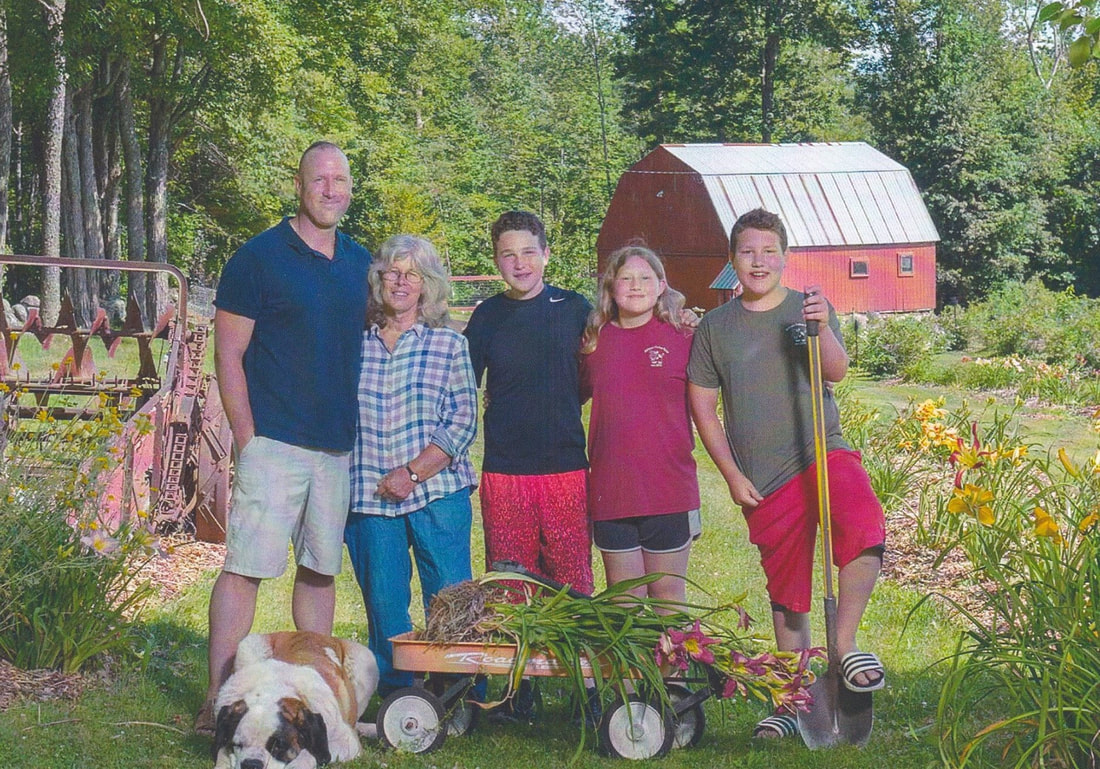
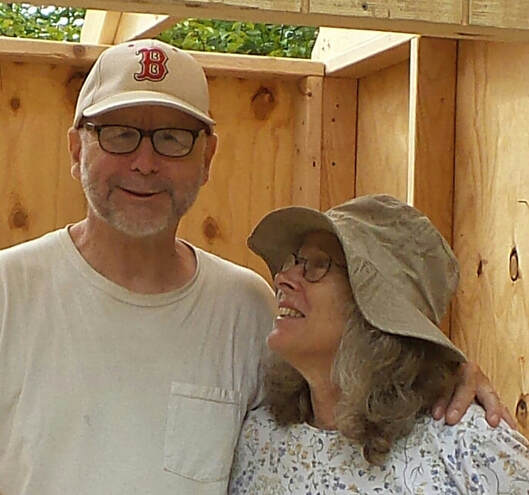

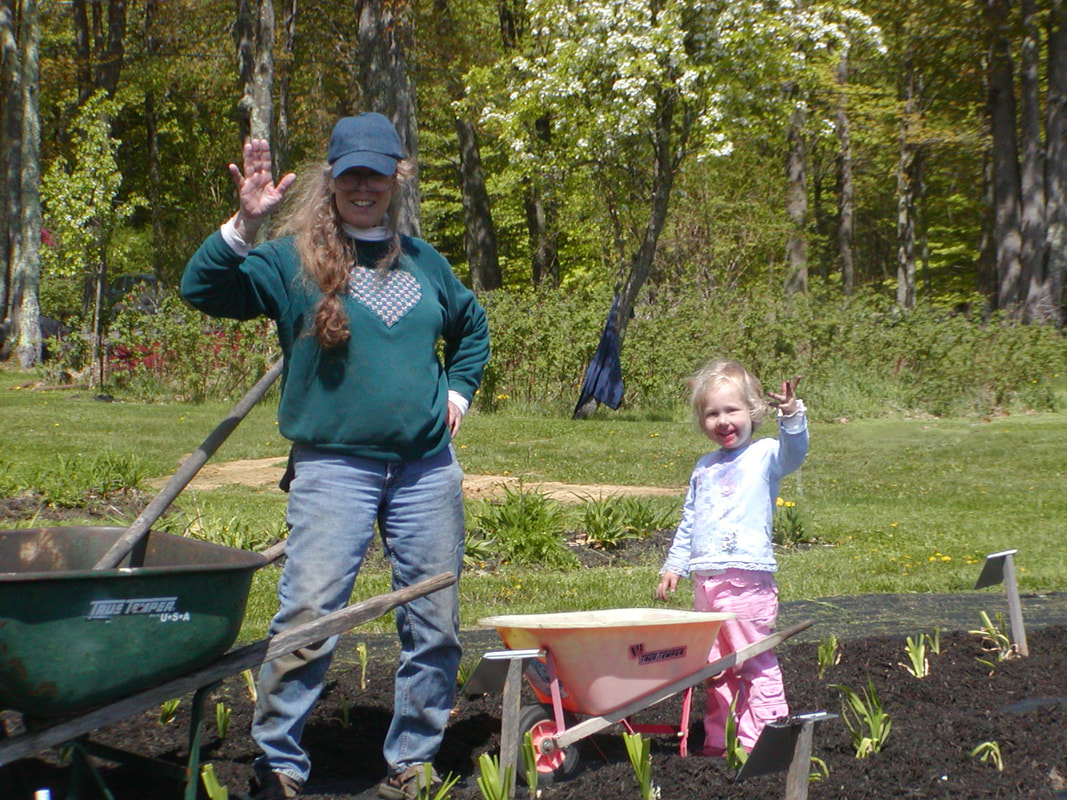
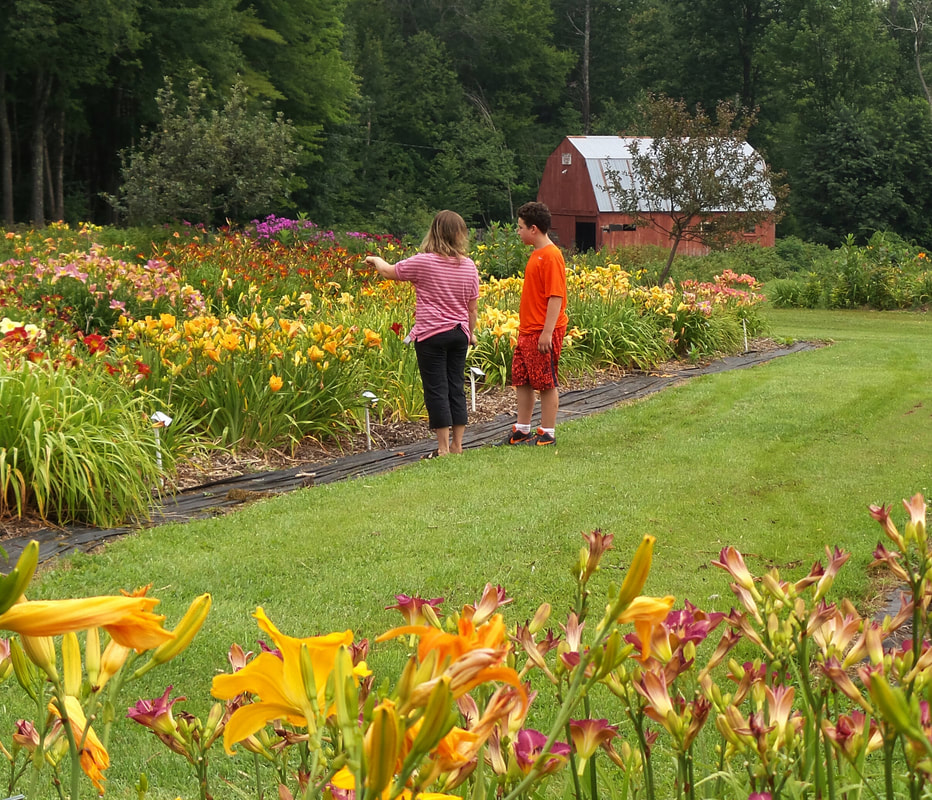
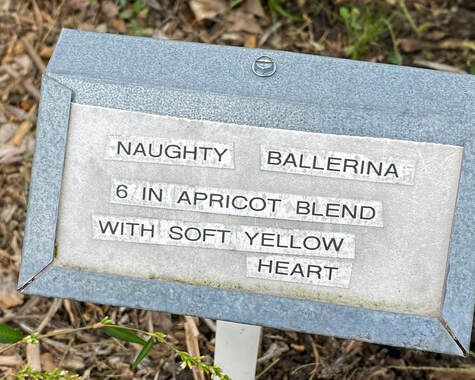

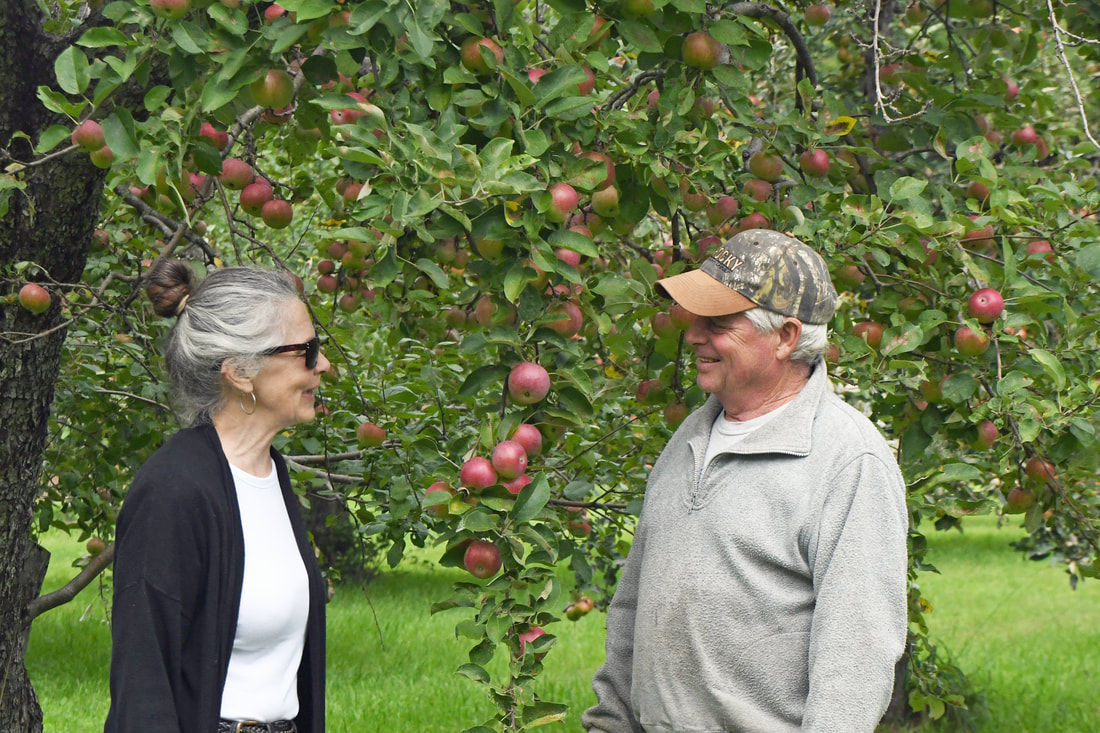
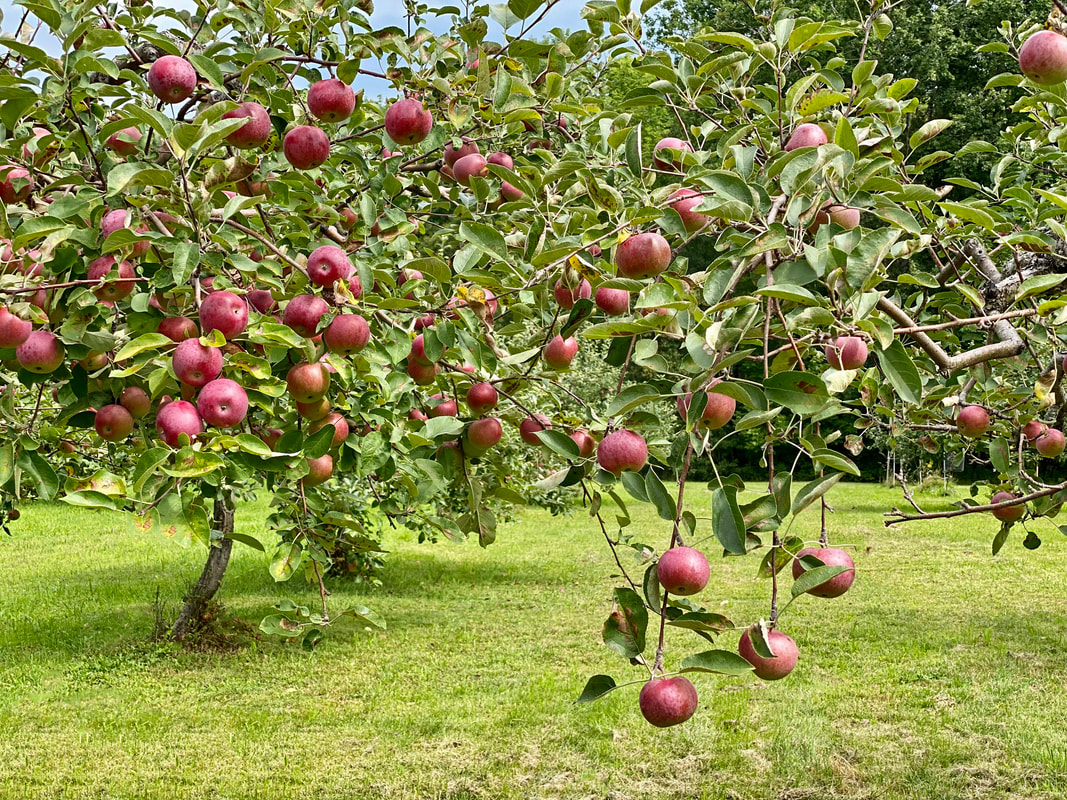

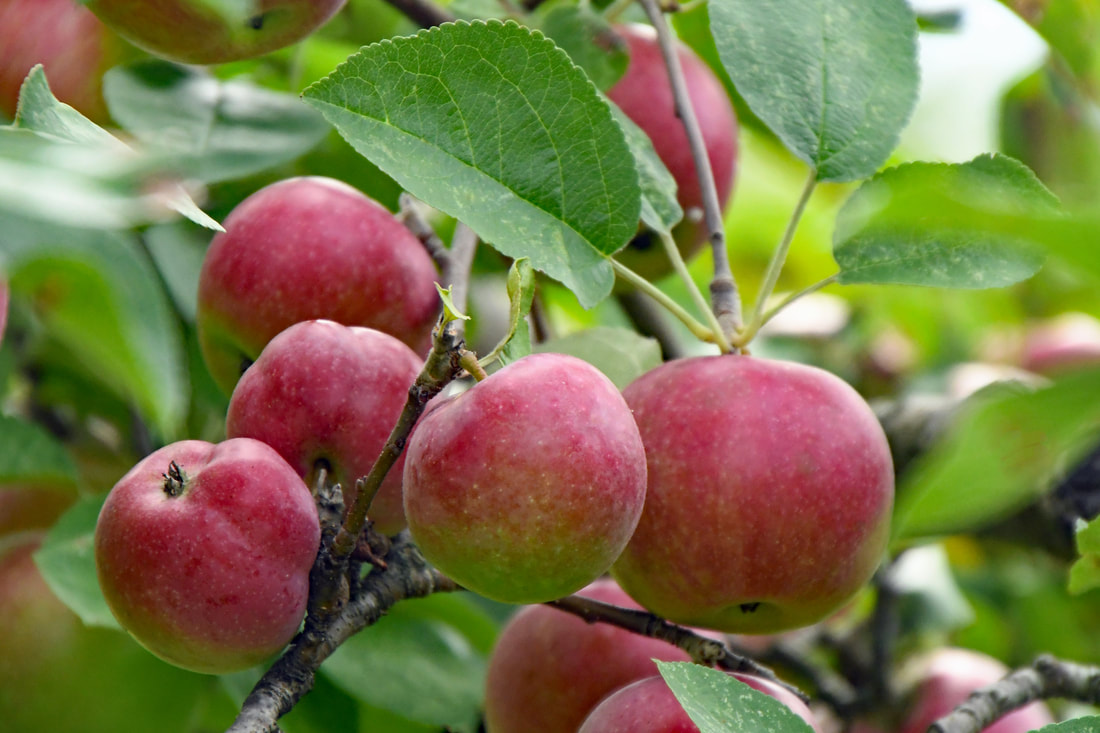
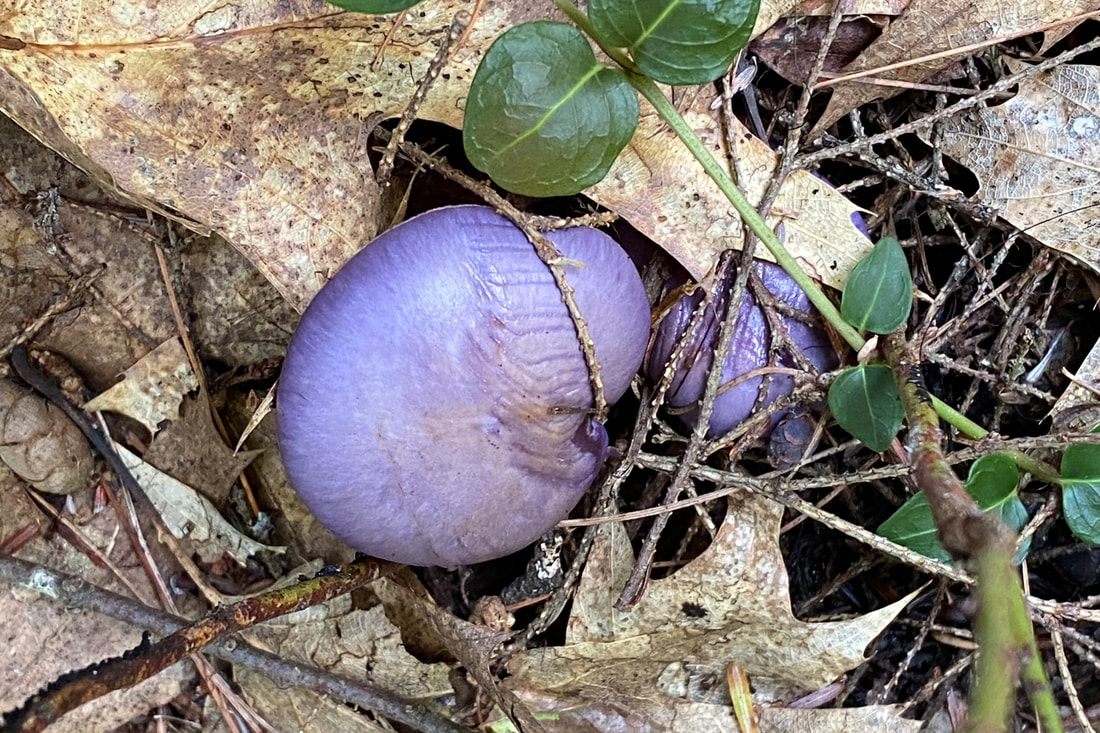
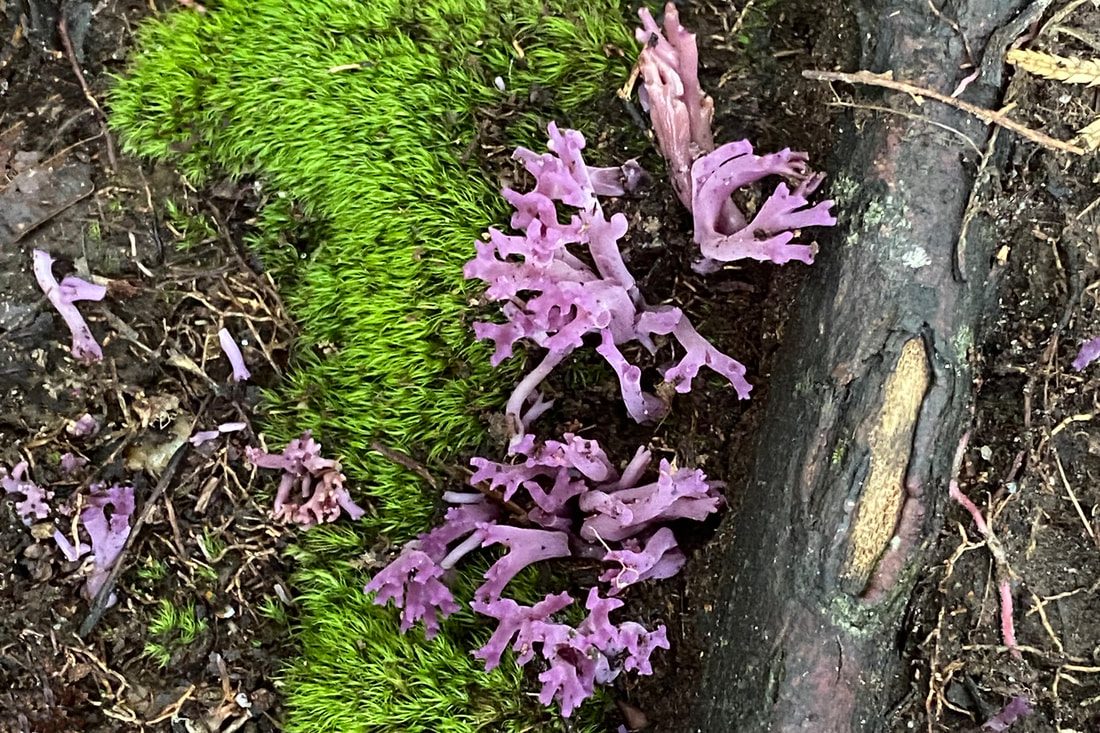
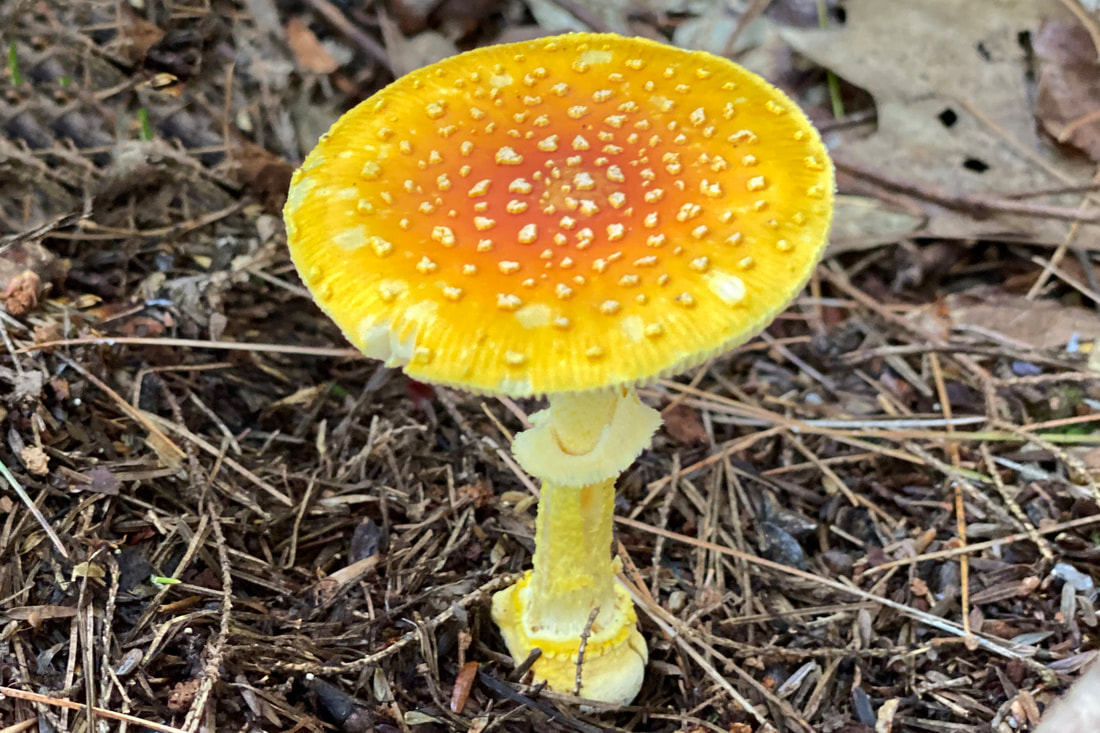
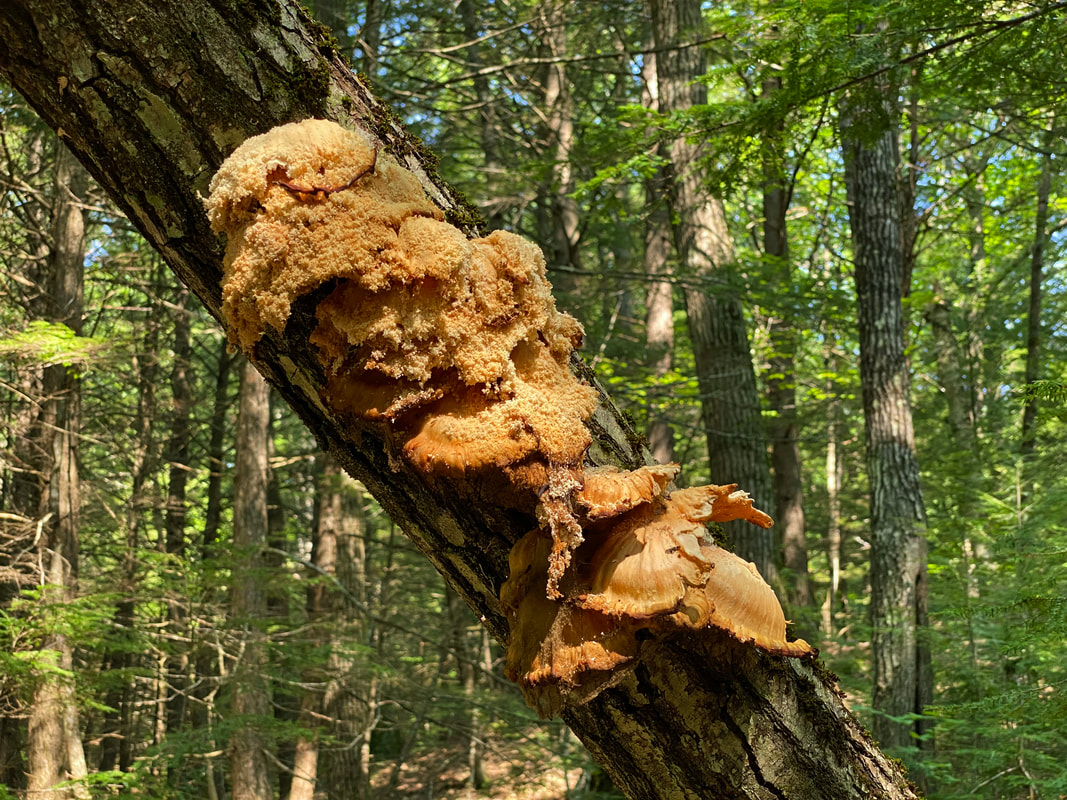
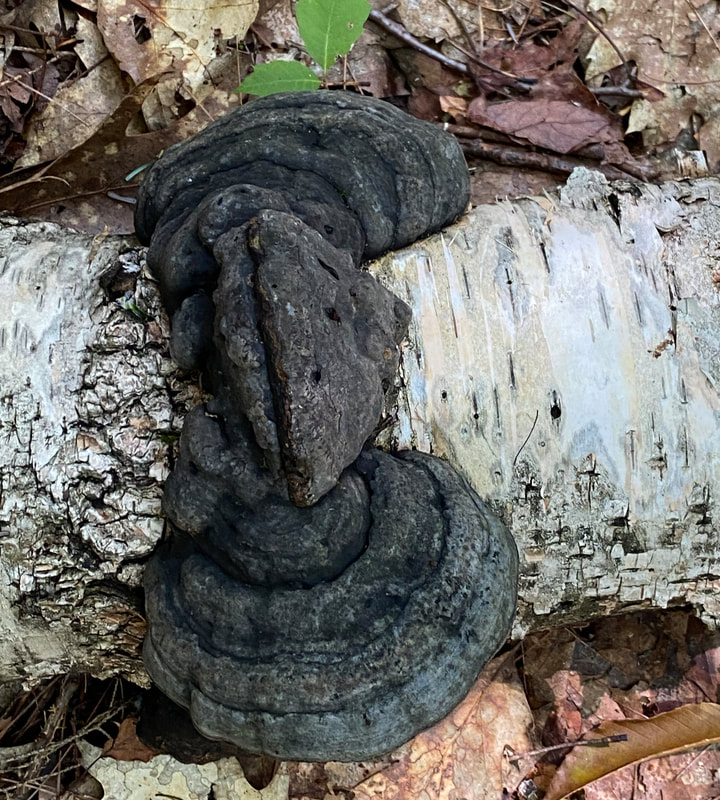

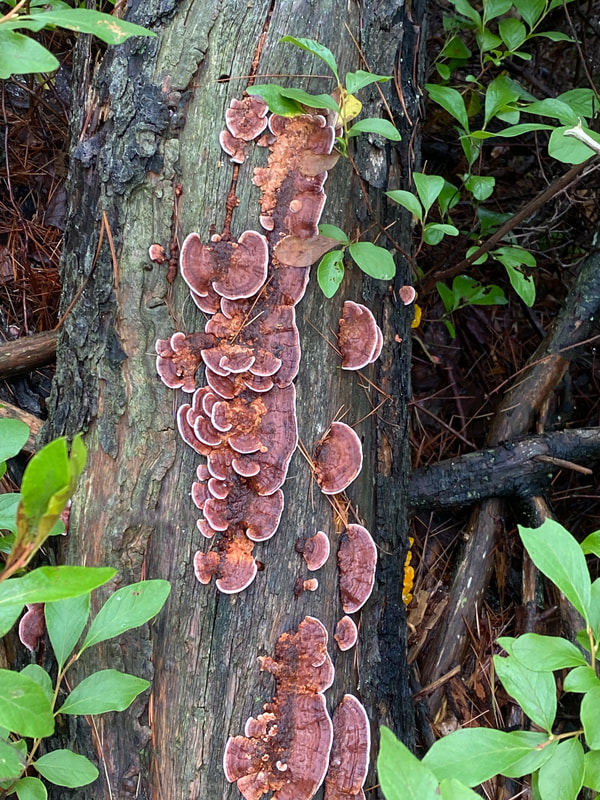
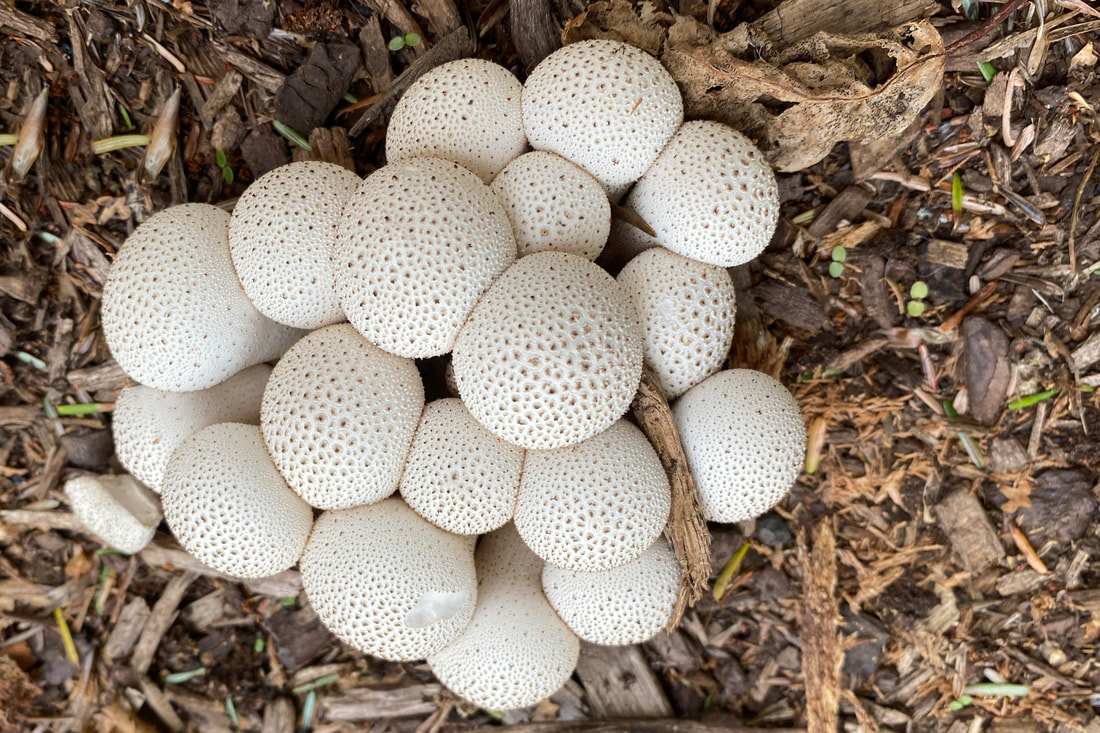
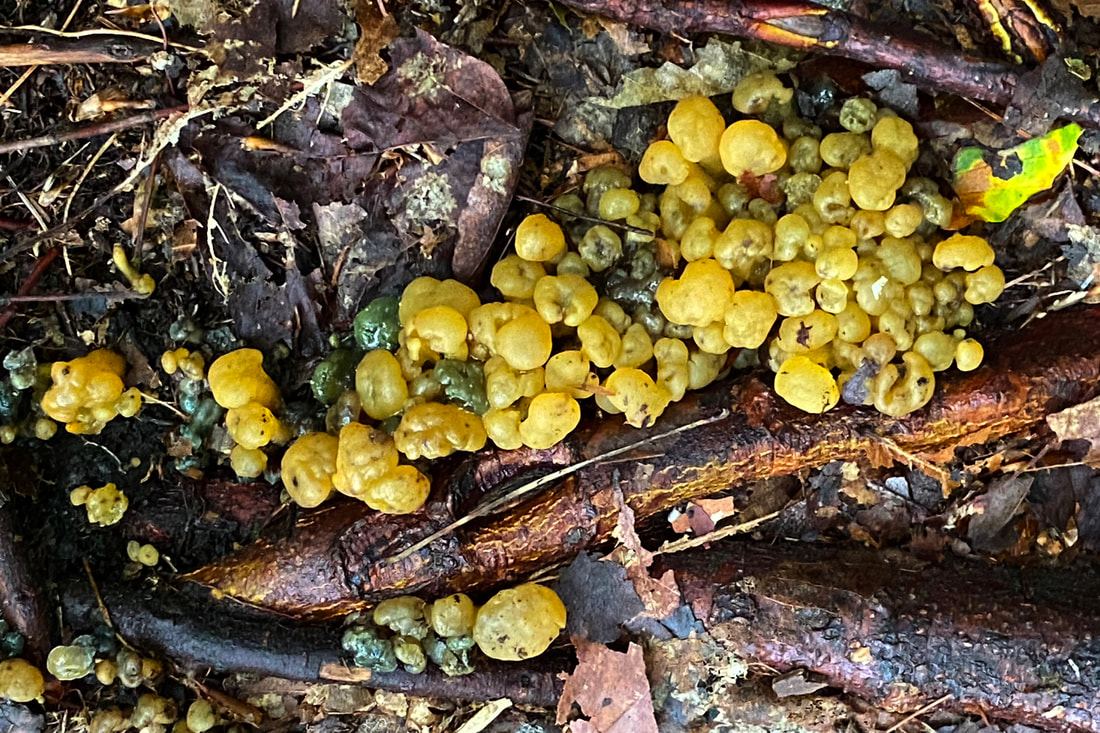
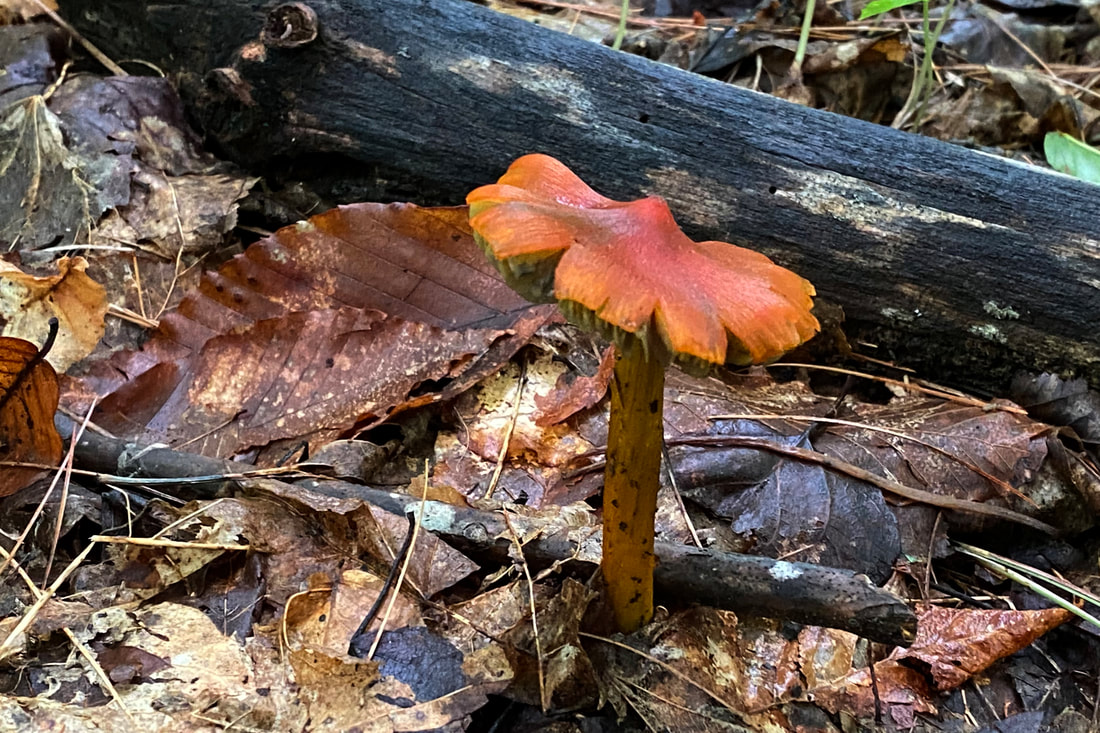
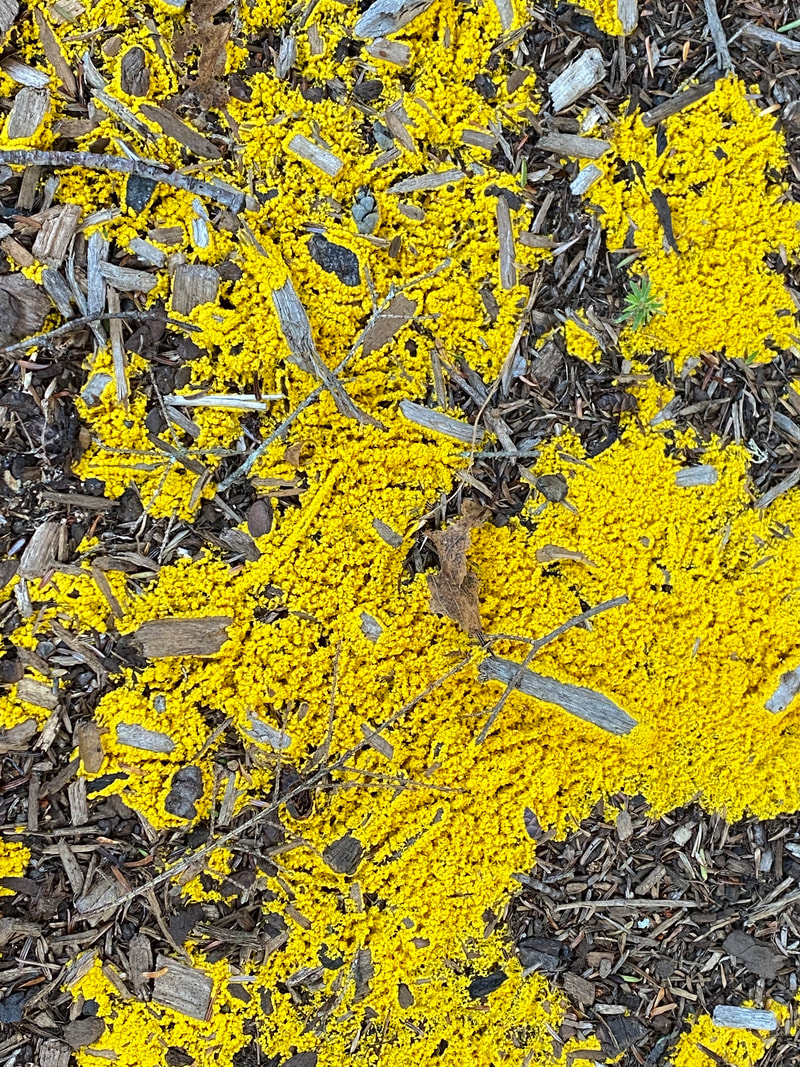
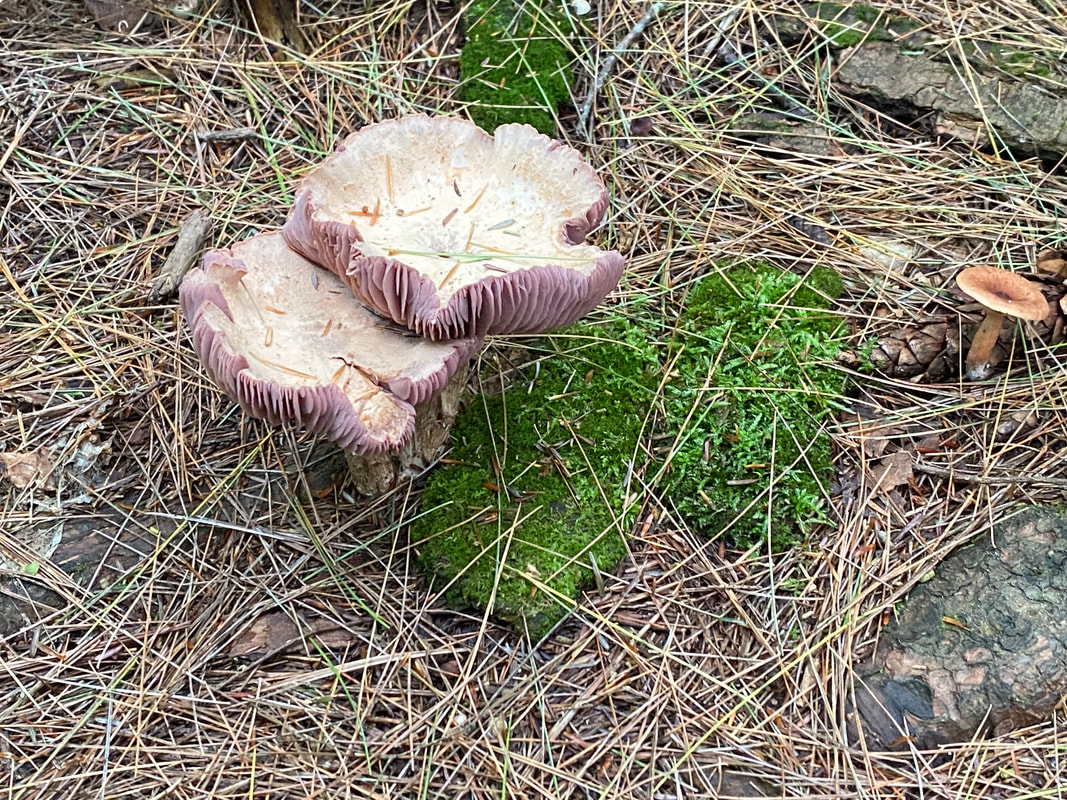
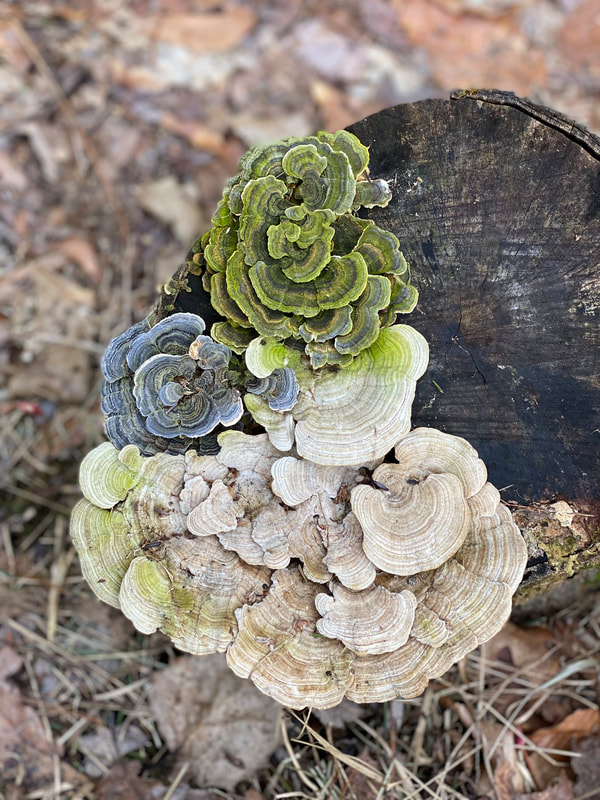
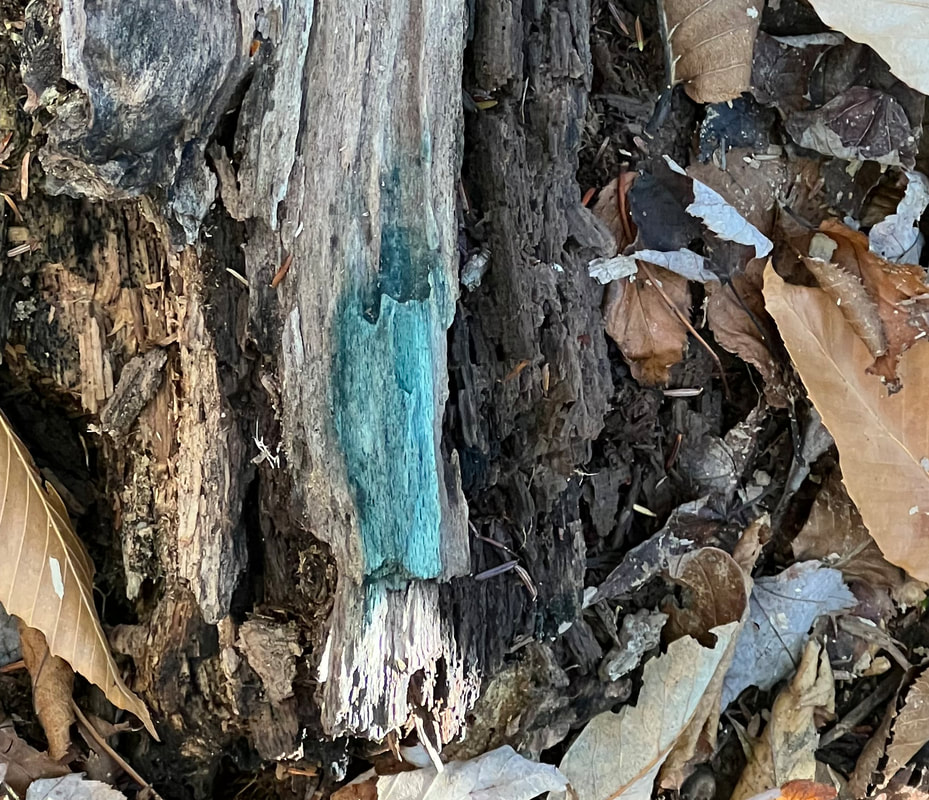
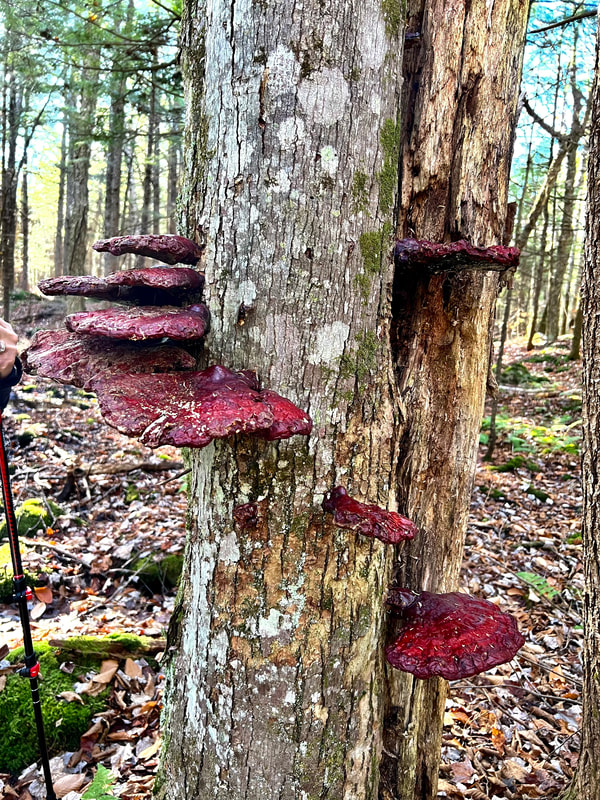
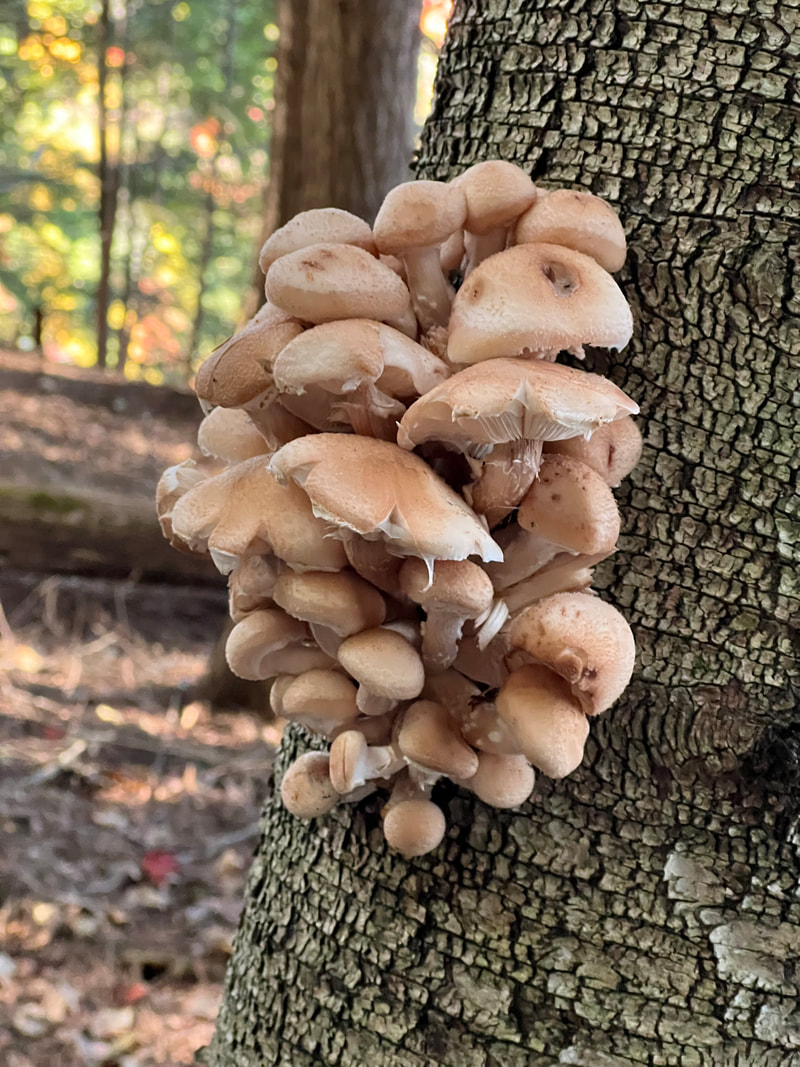
 RSS Feed
RSS Feed